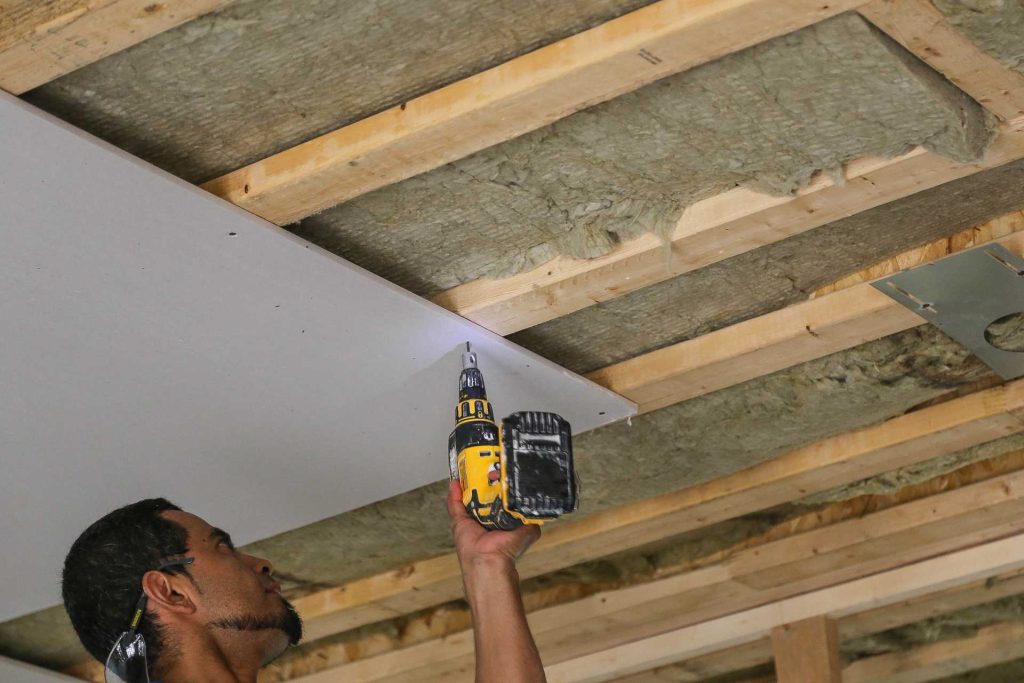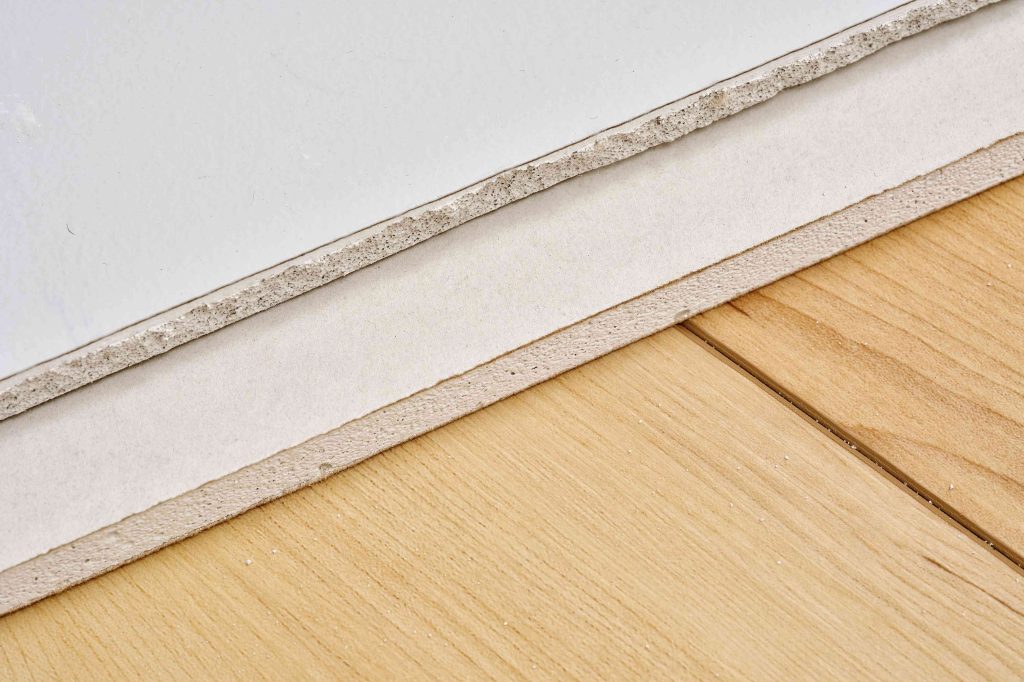
Important Skills for Delivering Long-Lasting and Beautiful Drywall Finishes
You need both professional skills and a passion for detail to build a wall surface that is perfect and will survive for a long time. Everyone need to be skilled, careful, and think carefully about how you Drywall Finishing in order to get results that will last. When you know how to handle these things, your home will look clean and professional on the inside.
Assessing Surface Readiness
A proper evaluation helps determine the right approach before work begins.
- Identify any visible imperfections
- Check the surface for stability
- Note previous finish quality
- Examine joint alignment carefully
- Highlight areas needing extra attention
Taking time to assess ensures each step is purposeful and addresses specific needs efficiently.
Choosing the Right Tools

Using the correct tools influences both speed and finish quality.
- Select appropriate taping knives
- Have a reliable sanding block
- Keep joint compound ready
- Use sturdy mixing buckets
- Maintain quality finishing tape
Well-chosen tools simplify the process and improve overall precision in every application.
Mastering Repair Techniques
Strong repair skills maintain wall integrity and visual appeal over time.
- Patch small dents or holes
- Blend repairs seamlessly into surface
- Remove old damaged sections cleanly
- Feather edges for smooth transitions
- Match surface height accurately
Proficiency in Drywall Finishing ensures long-term durability and minimizes visible flaws after finishing.
Applying Joint Compound Evenly
Consistent application prevents bumps and uneven areas from appearing later.
- Spread compound with steady pressure
- Maintain even coverage across joints
- Avoid excessive material buildup
- Fill gaps fully and smoothly
- Let each layer dry thoroughly
Even application creates a foundation for a seamless and visually appealing finish.
Sanding for a Smooth Finish
Sanding refines the surface to prepare for the final presentation.
- Use fine-grit paper for control
- Sand lightly over joint areas
- Keep strokes consistent and even
- Remove dust after each pass
- Check smoothness under bright light
This stage polishes the work, ensuring no raised edges or rough patches remain.
Matching Existing Textures
Blending with the surrounding wall creates a cohesive appearance.
- Observe texture patterns closely
- Choose matching tools and techniques
- Apply in light, controlled passes
- Allow for proper drying time
- Inspect from multiple angles
Matching textures helps repairs and finishes blend naturally into the overall design.
Achieving Enduring Visual Appeal
Ability, patience, and paying attention to every detail are what make the best finishing. Walls may stay beautiful and strong for years to come if you use the right techniques and know just what you’re working with. This gives any room both style and strength.

